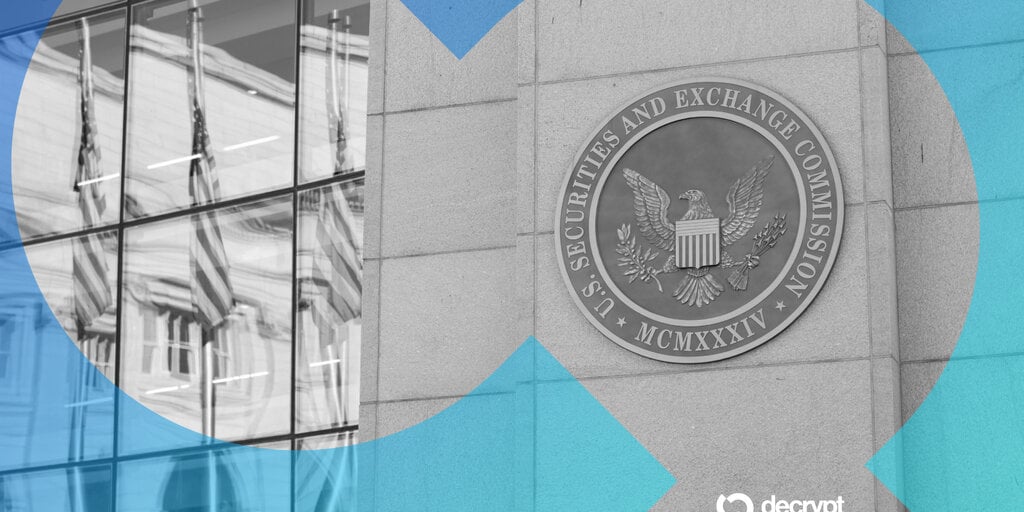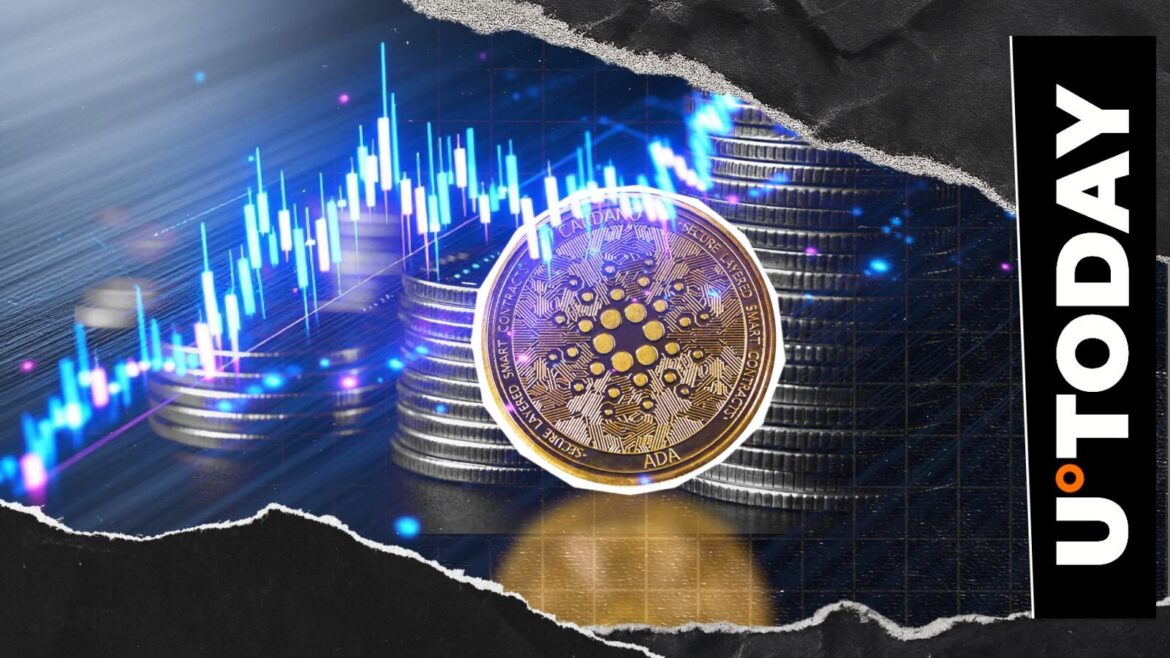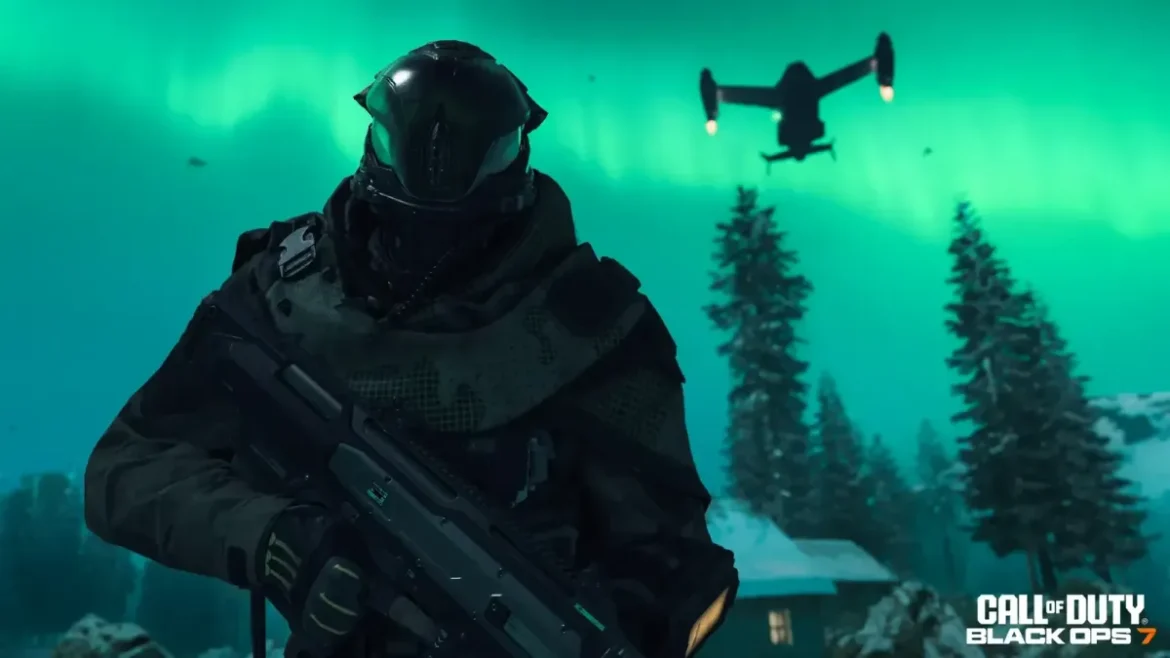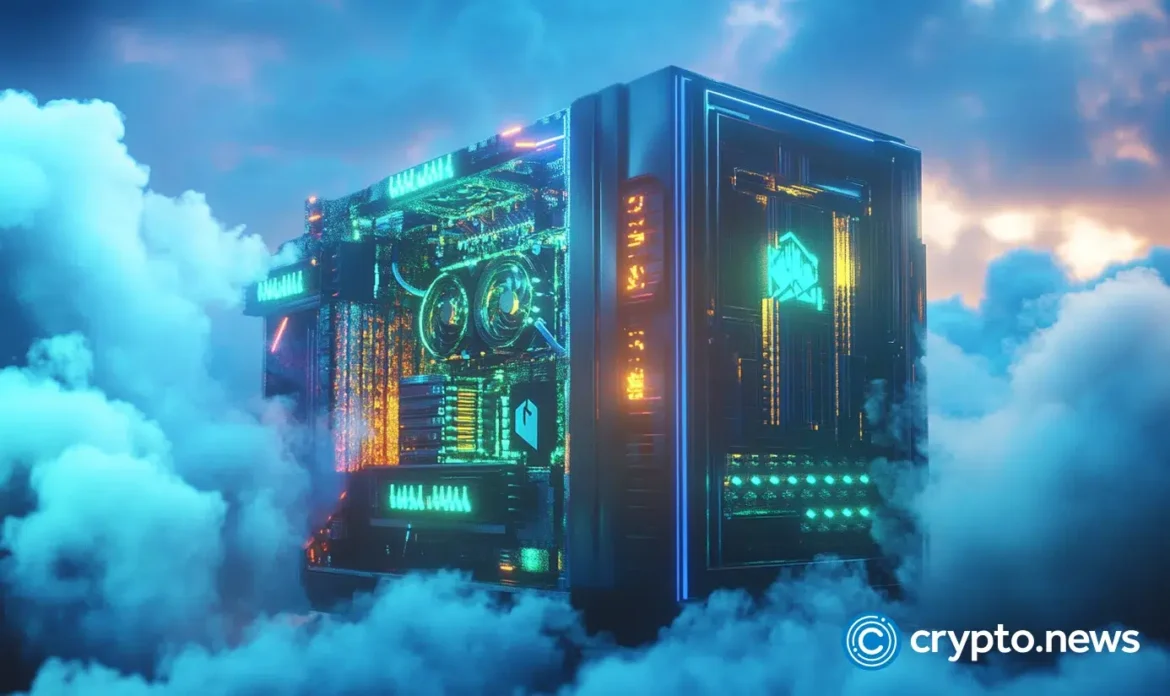In brief
- The SEC and CFTC leadership have called for “harmonization” after years of overlap and conflict.
- The push comes amid rapid changes in U.S. crypto policy under the Trump administration.
- Officials stressed cooperation, not consolidation, as the crypto industry pushes for clarity.
The U.S. Securities and Exchange Commission (SEC) and the Commodity Futures Trading Commission (CFTC) said Monday they will work more closely together, beginning with crypto markets, in an effort to reduce duplication and regulatory conflict.
The pledge came after a joint regulatory roundtable in Washington, D.C., and marks what leaders described as a turning point for American financial oversight.
“For too long, the SEC and CFTC have operated in parallel lanes, too often in conflict with one another, leaving the American public to bear the costs of duplication, delay, and uncertainty. That era is behind us,” SEC Chair Paul Atkins said in prepared remarks. “We are charting a new course, one that will solidify America’s position as the world’s financial leader.”
Alex Urbelis, general counsel and chief information security officer at Ethereum Name Service told Decrypt the lack of clarity and duelling rulebooks had stalled blockchain innovation in the US for many years now, but cautioned that achieving greater harmonisation between the two regulators wouldn’t necessarily be easy.
“Collaboration between market regulators is an excellent sound bite for crypto, but requires real work and likely the will of Congress to remove statutory overlaps,” Urbelis said, adding that, “The balance of investor protection and promoting innovation isn’t easy, and will always be a game of push and pull despite the best regulatory intentions.”
Crypto policy shifts
The announcement follows a shift in Washington’s posture toward crypto markets over the past year, with the return of the Trump administration pushing regulators to ease restrictions on digital assets.
Since early 2025, the SEC and CFTC have floated proposals to expand market trading hours to a 24/7 schedule, introduce regulatory exemptions for decentralized finance projects, and allow spot crypto assets to trade directly on U.S. exchanges. At the same time, the SEC has dismissed multiple enforcement actions against crypto firms, including Kraken, Cumberland and ConsenSys, signaling a broader pivot away from the aggressive crackdown that defined the Gensler era.
SEC Commissioner Mark Uyeda additionally emphasized the need for clearer lines of oversight as markets evolve. “Innovation rarely respects jurisdictional lines and often does not fit neatly into the statutory distinctions between ‘securities’ and ‘commodities’ written decades ago,” he said.
“Today, we have an opportunity to avoid the mistakes of the past and instead, together, build a regulatory architecture that evolves with our markets — not against them.”
The SEC has previously pledged to implement an “innovation exemption” for certain digital assets by year’s end as part of “Project Crypto,” an SEC initiative to lower regulatory burdens.
CFTC Acting Chair Caroline Pham echoed the call for collaboration, while pushing back on criticism of her agency’s work. “In recent years, the dynamic between our agencies could be described as one of competition rather than collaboration. That is not what this Administration wants. It is not what we want,” she said. “The CFTC is alive and well, and there needs to be no more FUD about what’s happening on the other side of town.”
Meanwhile, the CFTC under Pham has increased its pace of enforcement and rulemaking actions, which she highlighted as proof the commission remains fully engaged.
Daily Debrief Newsletter
Start every day with the top news stories right now, plus original features, a podcast, videos and more.






